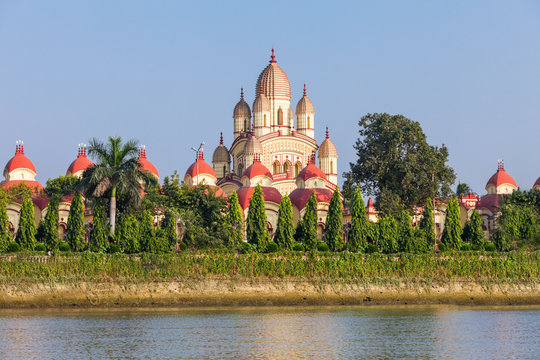A complete tourist and cultural guide of
West Bengal
A land of artistic heritage, spiritual diversity, and breathtaking landscapes
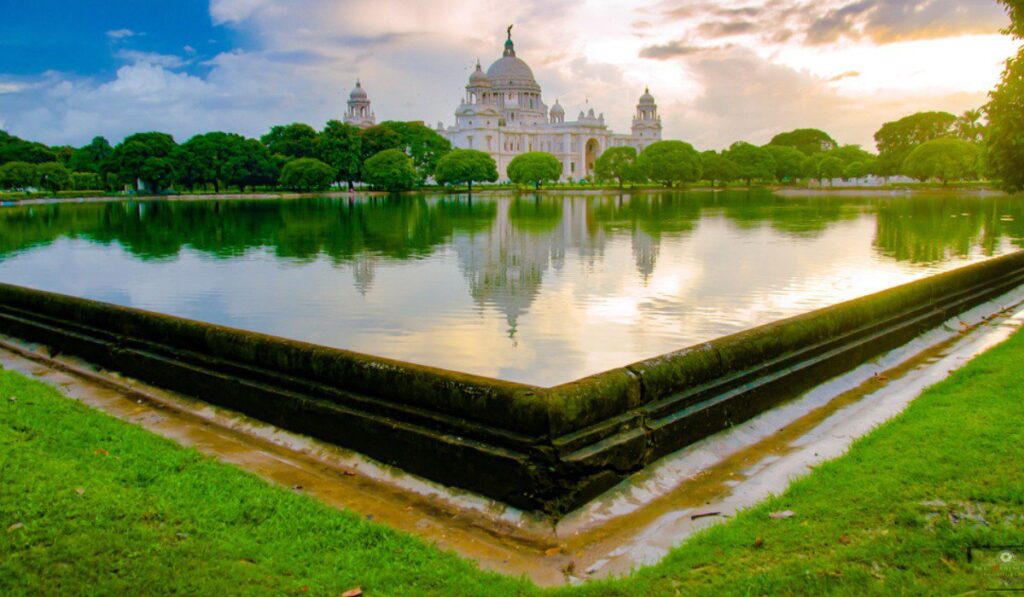
This eastern Indian state is a mesmerizing blend of culture, history, and natural beauty. From Kolkata’s bustling streets to Darjeeling’s serene tea gardens, the region offers a unique travel experience. Known for its literary legacy, classical music, and vibrant festivals, West Bengal captivates visitors with rich traditions and warm hospitality. Whether you seek colonial architecture, wildlife adventures, or spiritual retreats, this land of Rabindranath Tagore and Durga Puja has something for everyone.
Discover West Bengal - Tourist Attractions
West Bengal is a treasure trove of heritage sites, hill stations, and sacred rivers. Explore its diverse landscapes, from the Sundarbans mangroves to the Himalayan foothills.
Kolkata (The Cultural Capital)
Darjeeling
Sundarbans
Shantiniketan
Digha & Mandarmani
Murshidabad
Bishnupur
Kalimpong
Heritage of West Bengal

West Bengal boasts a rich cultural legacy, from ancient temples to colonial-era architecture. The state is home to UNESCO-recognized heritage sites like the Darjeeling Himalayan Railway (Toy Train) and the Sundarbans National Park. Victoria Memorial (Kolkata) – A symbol of British colonial architecture. Hazarduari Palace (Murshidabad) – A grand Nawabi-era palace with 1,000 doors. Bishnupur Temples – Exquisite terracotta craftsmanship. Adina Mosque (Pandua) – One of India’s largest medieval mosques.
The Performing Art of West Bengal
West Bengal is the cultural heartland of India, renowned as the birthplace of Nobel laureate Rabindranath Tagore. The state thrives as a hub of classical arts, folk traditions, and intellectual movements, preserving its rich heritage through music, dance, and literature. From Rabindra Sangeet to Baul folk songs, Bengal’s artistic legacy continues to inspire the world.
Music Form
West Bengal’s musical heritage blends Rabindra Sangeet’s poetic melodies, Baul’s mystic folk tunes, and Nazrul Geeti’s revolutionary spirit, creating a rich cultural symphony. From classical Dhrupad to riverine Bhatiali songs, the state’s music reflects its profound artistic soul.
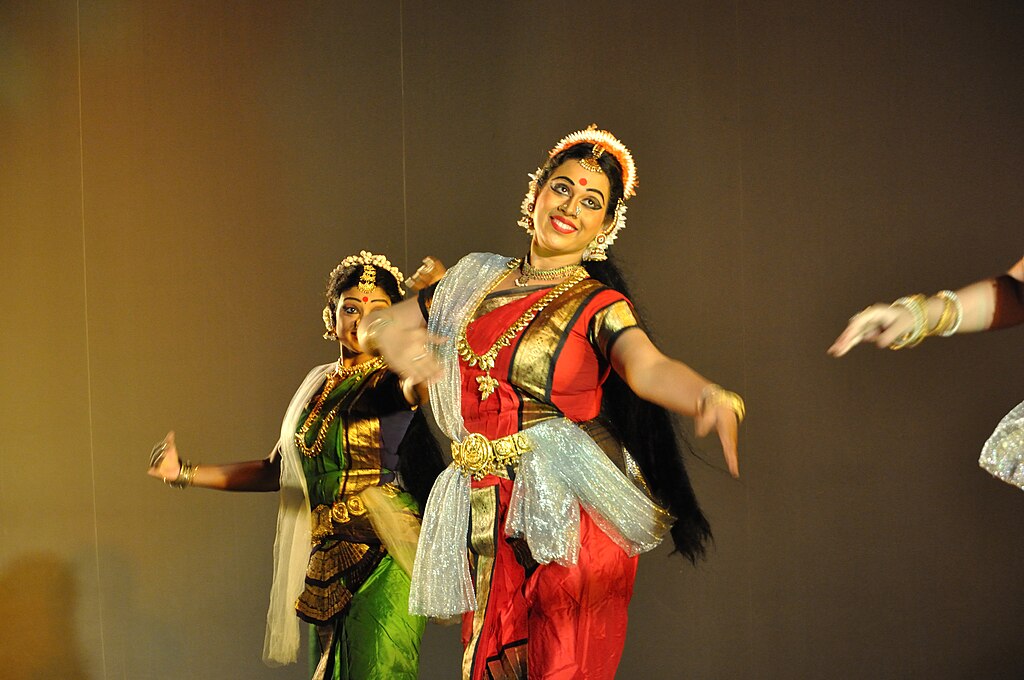
Rabindra Sangeet
Soulful compositions by Tagore
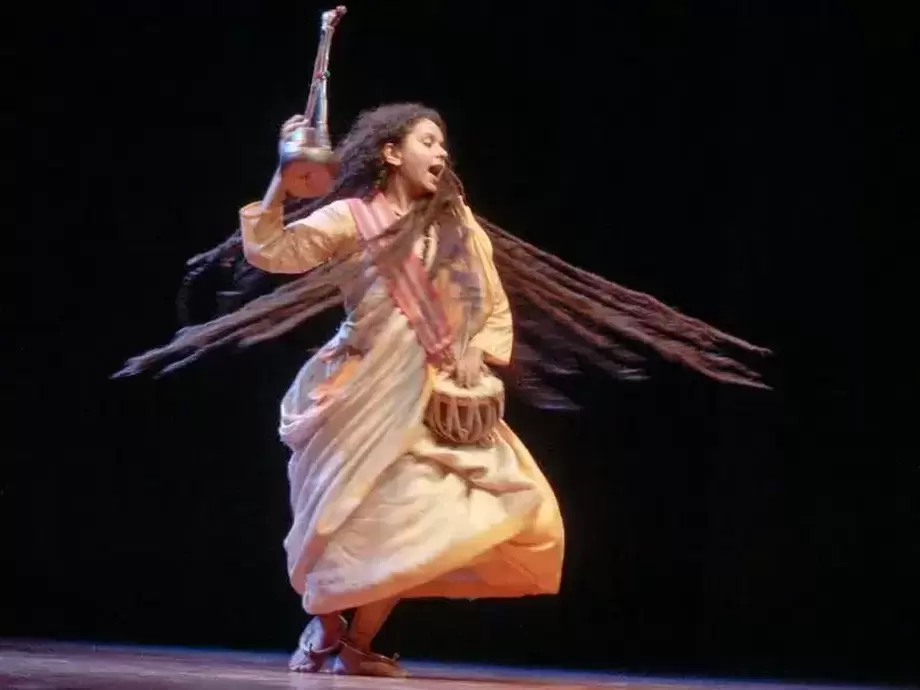
Baul Music
Mystical folk songs by wandering minstrels

Nazrul Geeti
Revolutionary songs by Kazi Nazrul Islam
Dance Form
From Gaudiya Nritya’s classical grace to Chhau’s martial vigor and Jatra’s dramatic folk theater, Bengali dance embodies the region’s vibrant cultural spirit. The state’s rhythmic traditions mirror its artistic diversity, blending devotion, storytelling, and celebration through movement.
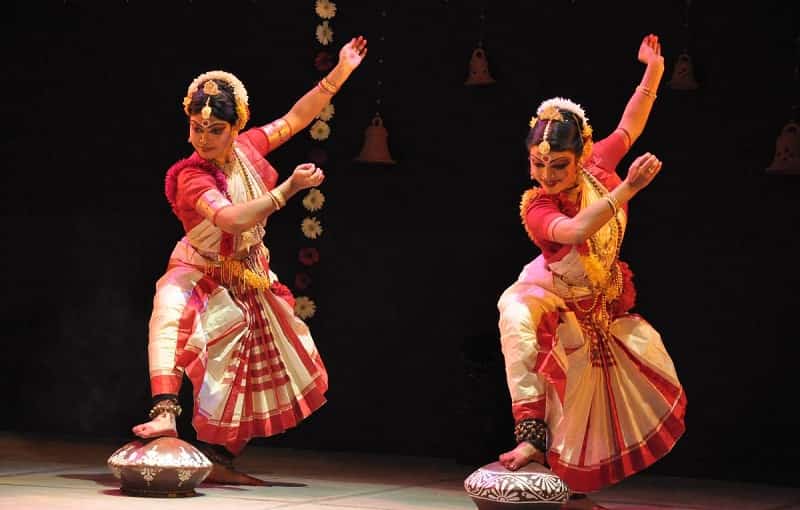
Gaudiya Nritya
A classical dance form of Bengal

Chhau Dance
A martial dance with elaborate masks
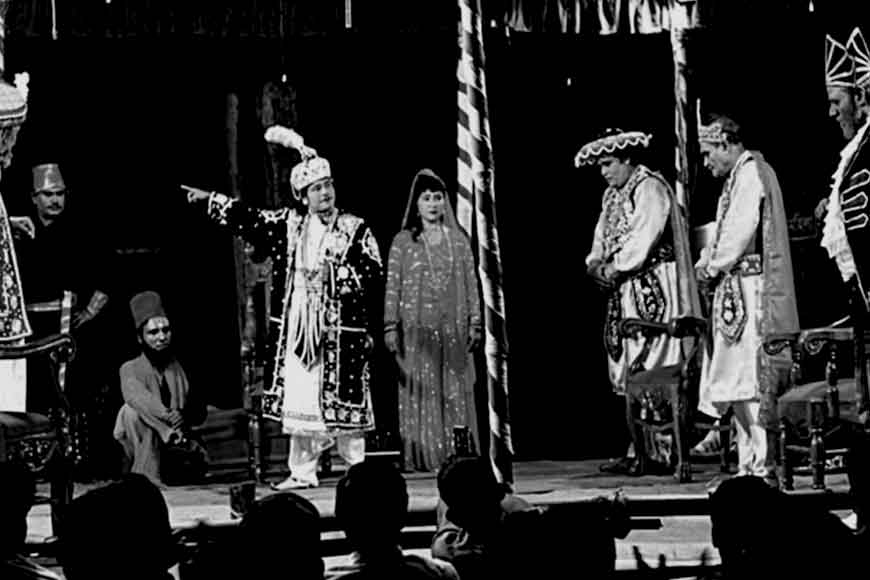
Jatra
Traditional folk theatre
Festivals and Celebrations
West Bengal bursts into vibrant celebrations throughout the year, where devotion meets cultural grandeur. From Durga Puja’s artistic pandals to Baul Fakir Utsav’s soulful melodies, each festival paints the state in joyous colors, reflecting its deep-rooted traditions and communal harmony.
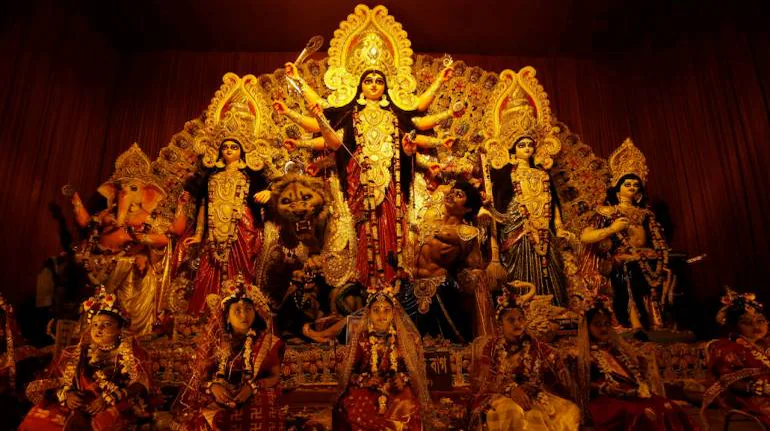
Durga Puja
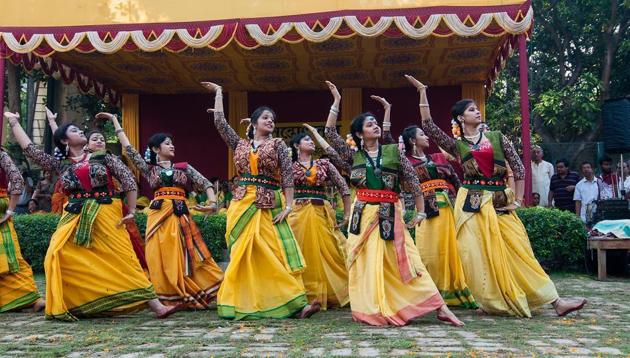
Poila Boishakh (Bengali New Year)
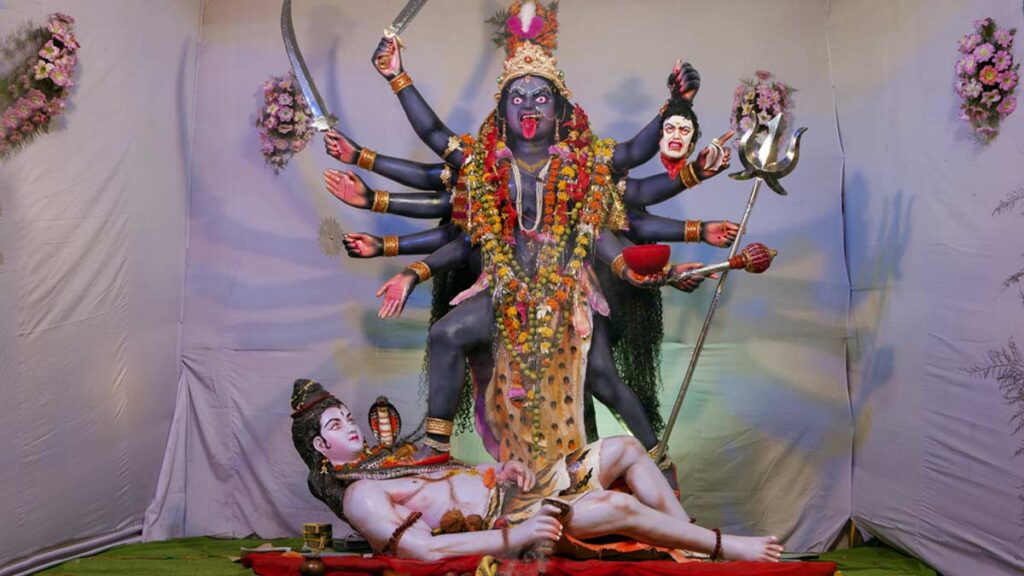
Kali Puja & Diwali
West Bengals Cuisine
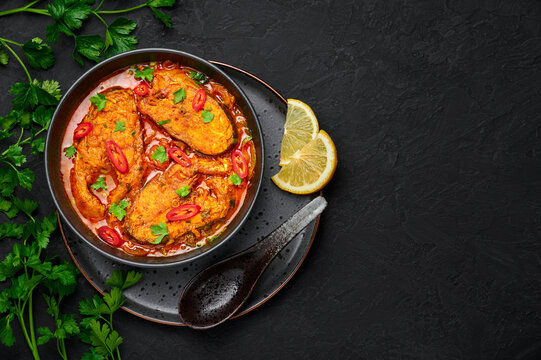
Macher Jhol
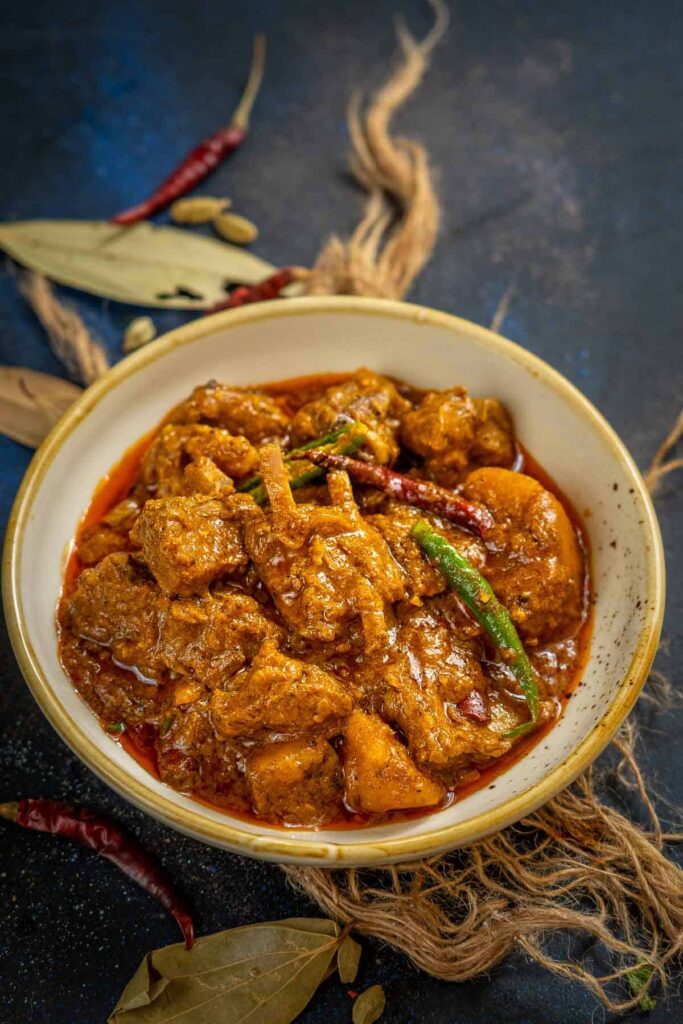
Kosha Mangsho
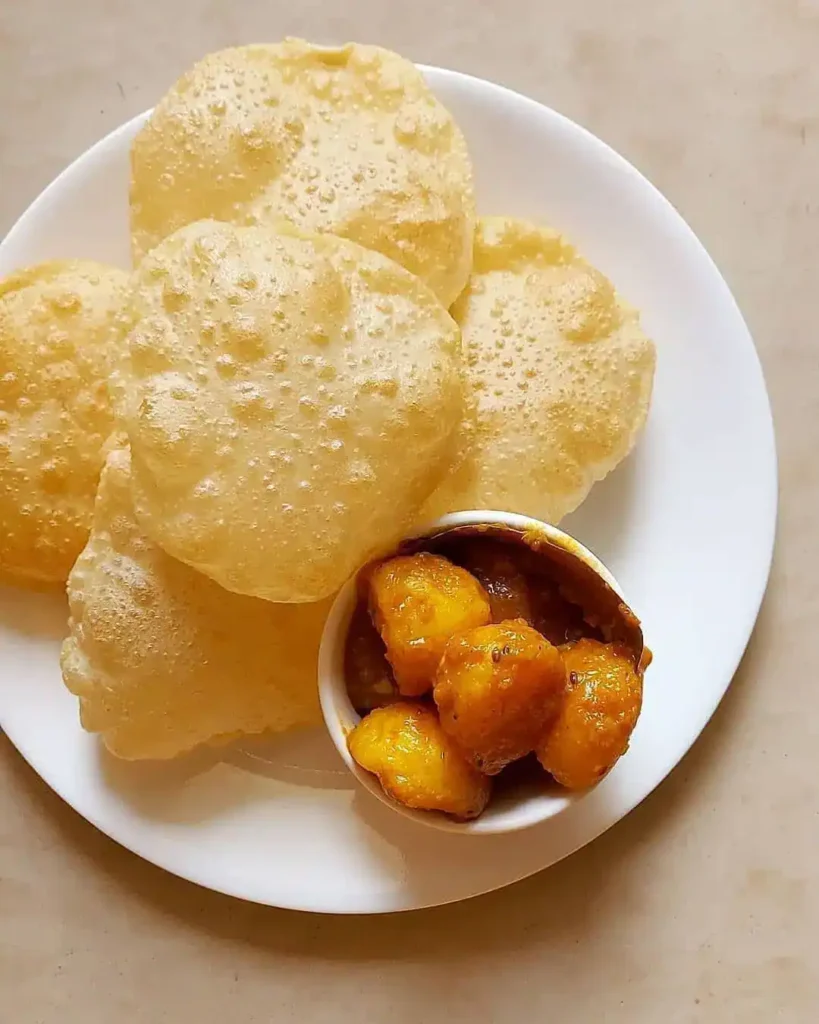
Luchi-Alur Dom
Bengali cuisine is a delightful mix of flavors, with an emphasis on fish, rice, and sweets.
- Macher Jhol (Fish Curry) – A staple Bengali dish.
- Kosha Mangsho – Slow-cooked spicy mutton.
- Luchi-Alur Dom – Deep-fried bread with potato curry.
- Rosogolla & Sandesh – Iconic milk-based sweets
Misti Doi – Sweet yogurt.
Popular Shopping Items
Take home a piece of Bengal’s culture:
Dokra Metal Craft – Tribal brass artifacts
Baluchari & Tant Sarees – Traditional handwoven silks
Terracotta Pottery (Bankura Horses) – Famous clay handicrafts
Darjeeling Tea – World-renowned aromatic tea.
Dokra Metal Craft
Baluchari & Tant Sarees
Terracotta Pottery
Darjeeling Tea
Evolution of West Bengal
⇒ Ancient Roots – Part of the Mauryan and Gupta empires
⇒ Medieval Era – Ruled by the Palas and Senas
⇒ Colonial Influence – Kolkata was the British capital until 1911
⇒ Post-Independence – A hub of literature, cinema, and intellectual movements.
Safety Measures and Tips
-
City Travel – Be cautious in crowded areas like Kolkata’s markets.
-
Wildlife Visits – Follow guidelines in Sundarbans to avoid wildlife encounters.
-
Hill Stations – Check weather conditions before visiting Darjeeling or Kalimpong.
-
Festival Crowds – During Durga Puja, plan travel in advance.
-
Emergency Contacts – Police (100), Ambulance (108), Tourist Helpline (1800-212-1655).
West Bengal Blogs
- West Bengal Cultural guide
- Places to visit in Darjeeling
- Places to visit nearby Sundarbans
- India’s most popular destination
- India’s archaeological marvels
Recommended articles
- West Bengal Cultural Guide
- Places to Visit in Kolkata
- Places to Visit Nearby Darjeeling
- India’s Must-See Destination

